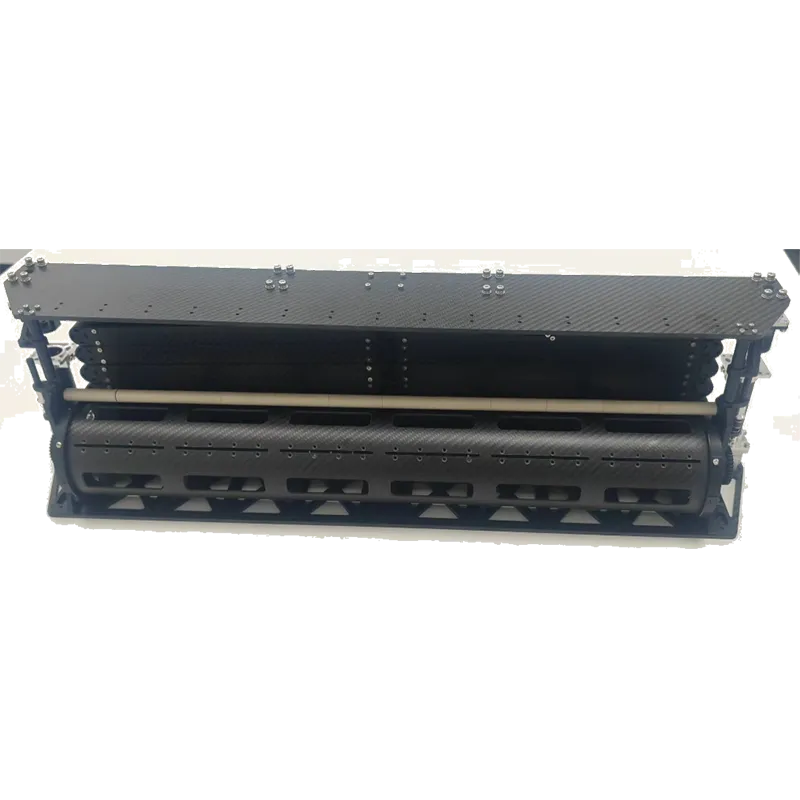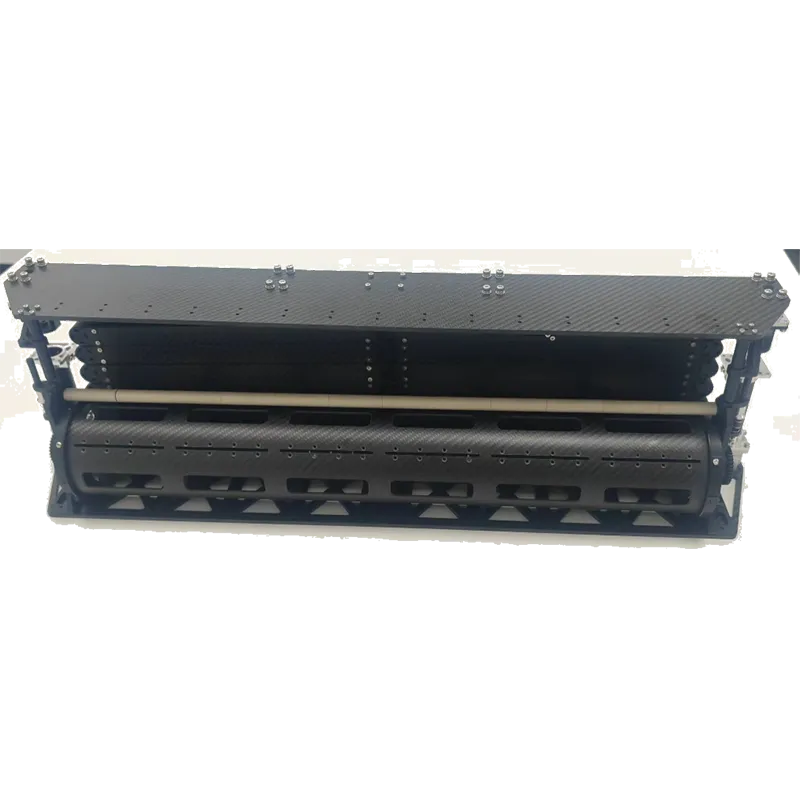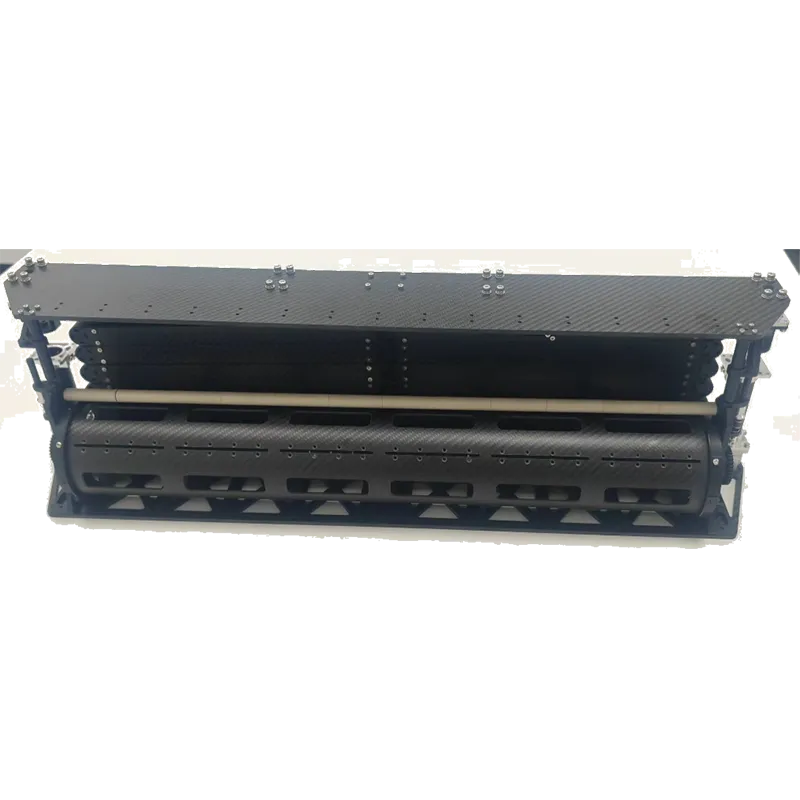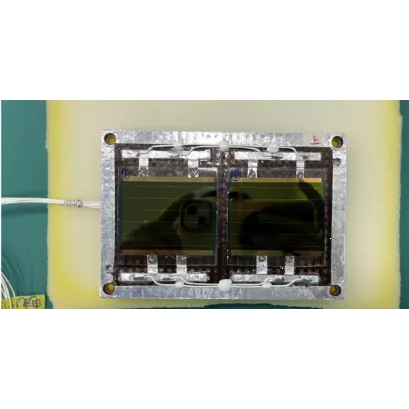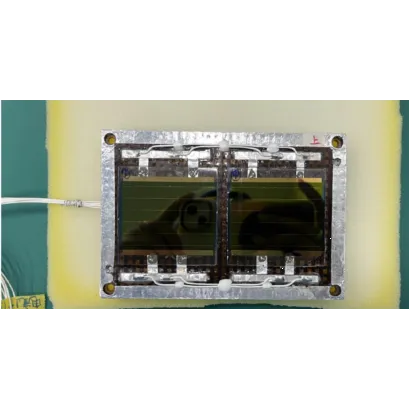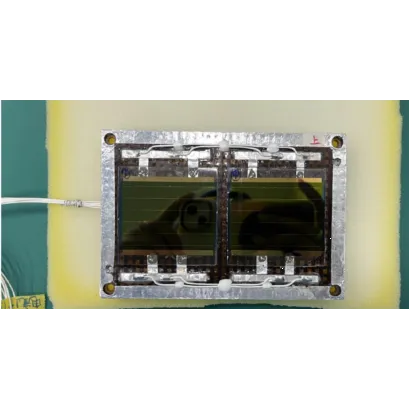
- الأفريقي
- الألبانية
- الأمهرية
- عربي
- الأرمنية
- أذربيجاني
- الباسكية
- البيلاروسية
- البنغالية
- البوسنية
- البلغارية
- الكاتالونية
- سيبوانو
- الصين
- كورسيكي
- الكرواتية
- التشيكية
- دانماركي
- هولندي
- إنجليزي
- الإسبرانتو
- الإستونية
- الفنلندية
- فرنسي
- الفريزية
- الجاليكية
- جورجي
- الألمانية
- اليونانية
- الغوجاراتية
- الكريولية الهايتية
- الهاوسا
- هاواي
- العبرية
- لا
- مياو
- المجرية
- الأيسلندية
- إيجبو
- اللغة الإندونيسية
- ايرلندي
- ايطالي
- اليابانية
- الجاوية
- كانادا
- الكازاخستانية
- الخميرية
- رواندية
- كوري
- كردي
- قيرغيزستان
- تَعَب
- اللاتينية
- اللاتفية
- الليتوانية
- اللوكسمبورغية
- المقدونية
- اللغة الملغاشية
- الملايو
- المالايالامية
- المالطية
- الماوري
- الماراثى
- المنغولية
- ميانمار
- النيبالية
- النرويجية
- النرويجية
- أوكيتاني
- البشتونية
- الفارسية
- بولندي
- البرتغالية
- البنجابية
- روماني
- الروسية
- ساموا
- الغيلية الاسكتلندية
- الصربية
- إنجليزي
- شونا
- السندية
- السنهالية
- السلوفاكية
- السلوفينية
- الصومالية
- الأسبانية
- اللغة السوندانية
- السواحلية
- السويدية
- التاغالوغية
- الطاجيكية
- التاميلية
- التتار
- التيلجو
- تايلاندي
- اللغة التركية
- تركمان
- الأوكرانية
- الأردية
- الأويغور
- الأوزبكية
- الفيتنامية
- الويلزية
- يساعد
- اليديشية
- اليوروبا
- الزولو
طائرة بدون طيار
A UAV (Unmanned Aerial Vehicle), commonly known as a drone, is an aircraft that operates without a human pilot onboard. Some models, such as those with VTOL capabilities, can take off and land vertically, making them especially useful in constrained environments. UAVs are widely used in industries such as defense, agriculture, logistics, and aerial photography, offering efficient, cost-effective, and innovative solutions for various applications.
هل تبحث عن طائرات بدون طيار عالية الأداء لتطبيقاتك؟
تعزيز العلاقات التي تتطلب موارد هائلة من خلال أسواق متخصصة متميزة باحترافية.
اتصل بناما هي أنواع الطائرات بدون طيار المختلفة وتطبيقاتها؟
تتوفر الطائرات بدون طيار بأنواع مختلفة بناءً على حجمها ونطاقها ووظيفتها، وكل منها مصمم لتطبيقات محددة. وتشمل الفئات الأكثر شيوعًا الطائرات بدون طيار ذات الأجنحة الثابتة والطائرات بدون طيار ذات الأجنحة الدوارة والطائرات بدون طيار الهجينة والطائرات بدون طيار عالية الارتفاع وطويلة المدى.
تشبه الطائرات بدون طيار ذات الأجنحة الثابتة الطائرات التقليدية وهي معروفة بقدرتها على الطيران لمسافات طويلة وقدراتها على التحليق بسرعة عالية. تُستخدم هذه الطائرات على نطاق واسع في رسم الخرائط والمراقبة ومراقبة البيئة، حيث يمكنها تغطية مناطق واسعة بكفاءة. تُستخدم عادةً في الزراعة لمراقبة المحاصيل، وفي إدارة الكوارث لتقييم المناطق المتضررة، وفي العمليات العسكرية لمهام الاستطلاع.
توفر الطائرات بدون طيار ذات الأجنحة الدوارة، والتي تشمل الطائرات الرباعية المراوح والمروحيات، قدرة أكبر على المناورة والقدرة على التحليق في المكان. هذه الطائرات بدون طيار مثالية للتصوير الجوي والمراقبة في الوقت الفعلي وخدمات التوصيل. نظرًا لقدراتها على الإقلاع والهبوط العمودي (VTOL)، فهي تستخدم على نطاق واسع في المناطق الحضرية حيث المساحة محدودة. تستخدم الشرطة وفرق الاستجابة للطوارئ الطائرات بدون طيار ذات الأجنحة الدوارة لمراقبة حركة المرور وتتبع المشتبه بهم وتقديم الدعم الجوي في عمليات الإنقاذ.
تجمع الطائرات بدون طيار الهجينة بين ميزات الطائرات بدون طيار ذات الأجنحة الثابتة والطائرات ذات الأجنحة الدوارة، مما يسمح لها بالإقلاع عموديًا والانتقال إلى الطيران الأمامي لتحقيق مدى أطول وكفاءة أعلى. تُستخدم هذه الطائرات بدون طيار في التطبيقات التي تتطلب المرونة، مثل نقل البضائع والمراقبة بعيدة المدى.
تم تصميم الطائرات بدون طيار عالية الارتفاع ذات القدرة على التحمل الطويلة (HALE) للقيام بمهام ممتدة على ارتفاعات عالية. تُستخدم هذه الطائرات بدون طيار في المقام الأول للاستخبارات العسكرية ومراقبة الطقس والبحث العلمي. وبتجهيزها بأجهزة استشعار متقدمة، يمكنها البقاء في الجو لأيام أو حتى أسابيع، مما يوفر جمع البيانات في الوقت الفعلي على مساحات شاسعة.
مع التقدم المستمر في تكنولوجيا الطائرات بدون طيار، تتوسع تطبيقاتها بسرعة، من عمليات التسليم المستقلة بالطائرات بدون طيار إلى العمليات العسكرية المتقدمة. إن دمج الذكاء الاصطناعي وتحسين عمر البطارية وأنظمة الاتصالات المحسنة من شأنه أن يعزز قدرات الطائرات بدون طيار في المستقبل.
What Is the Difference Between a UAV, Drone, And UAS?
Understanding the distinctions between a UAV, drone, and UAS is important for anyone involved in aerial operations or technology acquisition. A UAV (Unmanned Aerial Vehicle) specifically refers to the aircraft itself—an aerial vehicle operated without an onboard human pilot. In contrast, the term drone is a more informal and popular phrase that people commonly use to describe any unmanned flying machine, whether remotely piloted or fully autonomous. The terminology tends to overlap in everyday conversations but can vary depending on the context.
Expanding beyond just the vehicle, a UAS (Unmanned Aircraft System) includes the UAV along with its ground control stations, communication links, data processing equipment, and all supporting elements needed for its operation. This means when you purchase or deploy a UAS, you are acquiring an entire ecosystem designed for effective mission execution—from takeoff to data collection and control.
In practical terms, if you are considering purchasing a Dual-all-wing VTOL UAV or a twin tail drone, you’re likely looking at components that fit into a broader UAS setup, which enables autonomous and remote operations, supports modular payloads, and provides real-time data transmission. Understanding these differences helps operators select the best equipment for their mission needs, whether for surveillance, mapping, or industrial inspections. Manufacturers like SpaceNavi Co., Ltd recommend choosing systems where these parts work seamlessly together to optimize performance, efficiency, and operational flexibility.
How Does a Dual-All-Wing Vtol UAV Improve Operational Flexibility?
The Dual-all-wing VTOL UAV design represents an innovative fusion between the capabilities of fixed-wing aircraft and the maneuverability of rotary-wing drones. Traditional fixed-wing UAVs require runways or catapult launchers for takeoff and landing, which limits where and how they can be deployed. In contrast, VTOL drones with dual all-wing configurations offer the ability to take off and land vertically in tight spaces without needing runways, vastly improving their operational flexibility.
This means the drone can be rapidly deployed in urban environments, rugged terrains, or disaster zones, where runway access is impossible or impractical. Additionally, the aerodynamic efficiency of the all-wing design provides longer flight endurance compared to multirotor drones, enabling extended mission durations with optimized fuel consumption and lightweight construction.
The twin tail drone design enhances stability and control, especially when dealing with varying wind conditions. This improved wind resistance level is crucial during high-altitude operations or in areas with unpredictable weather, ensuring safe flight and accurate data collection. Moreover, many of these VTOL UAVs support multi-payload capability, allowing operators to switch between cameras, sensors, or communication modules as needed, maximizing mission versatility. Real-time data transmission features further enable seamless monitoring and analysis during flight, making such UAVs indispensable tools for modern aerial operations.
What Role Does Wind Resistance Level Play in Uav Performance?
Wind resistance is one of the most important performance metrics for any UAV, and it becomes especially critical for vertical take-off and landing drones operating outdoors in a wide range of weather conditions. When drones face gusty winds or turbulent airflow, their ability to maintain stable flight, precise control, and accurate navigation can be significantly challenged. This factor, often measured as the drone’s wind resistance level, directly affects mission success, particularly for tasks that demand long endurance or take place in exposed, high-altitude environments where wind speeds are unpredictable and often strong.
For example, a Dual-all-wing VTOL UAV used in environmental monitoring or search and rescue operations must reliably hover, maneuver, or cruise despite sudden wind shifts. Without sufficient wind resistance, the drone risks losing control or deviating from its flight path, which can interrupt data transmission or cause mission failure. In contrast, drones designed with superior aerodynamic features and high wind resistance maintain smooth flight dynamics, requiring less corrective power from motors and therefore conserving battery or fuel—critical during extended flights.
Specifically, advanced UAV designs such as twin tail drones incorporate structural reinforcements and aerodynamic efficiencies that minimize drag and improve stability under windy conditions. These design elements allow for seamless transitions between hovering—needed during vertical takeoff or precise positioning—and forward flight, often required for long-distance travel. Such aerodynamic stability also means these UAVs can safely carry heavier or asymmetrical payloads without negatively affecting flight control, making them versatile for multi-payload missions.
When selecting a UAV, buyers should pay close attention to the manufacturer’s published wind resistance level ratings and seek real-world performance data or test results reflecting operation in challenging weather. Reliable manufacturers focus on balancing lightweight construction with rugged materials and design innovations that ensure both durability and aerodynamic resilience. This balance is essential to provide operators with confidence that their UAV can withstand the elements and perform consistently across diverse mission profiles, from urban infrastructure inspections to high-altitude surveillance.
In summary, wind resistance is not just a technical specification but a key factor influencing UAV operational reliability, safety, and efficiency. Choosing a UAV optimized for high wind resistance ultimately leads to longer, safer missions with higher quality data collection and less downtime, especially when dealing with vertical take-off and landing drones like Dual-all-wing VTOL UAVs or twin tail drones.
What Makes VTOL UAVs Superior in Restricted or Urban Environments?
VTOL UAVs provide unparalleled advantages in restricted or urban environments where space for takeoff and landing is extremely limited or non-existent. Unlike traditional fixed-wing UAVs that require runways or large open areas, vertical take-off and landing drones have the unique capability to ascend and descend vertically, enabling operation from rooftops, narrow alleyways, parking lots, or even moving vehicles. This vertical lift capability transforms how aerial missions are conducted in dense urban settings, disaster zones, and complex industrial sites where accessibility is a major challenge.
Their compact footprint and the ability to hover make VTOL drones particularly suitable for infrastructure inspection—such as bridges, power lines, and skyscrapers—where precise positioning is required. Emergency responders also rely on these drones to quickly deploy into tight spaces during search and rescue operations or disaster assessments, providing real-time situational awareness without risking human lives. Furthermore, urban surveillance benefits greatly from VTOL UAVs’ capacity to navigate congested airspace and capture detailed imagery or sensor data in areas where traditional aircraft or larger drones simply cannot operate safely.
Key to their superior performance in such demanding environments is the aerodynamic design. Many VTOL UAVs incorporate dual-all-wing configurations or twin tail drone layouts, enhancing stability and maneuverability even in turbulent urban wind conditions. A high wind resistance level allows these drones to withstand sudden gusts common in cityscapes caused by buildings and narrow streets, maintaining steady flight and precise control. This stability is essential for capturing accurate data, whether it’s high-resolution video, thermal imaging, or sensor readings during complex tasks.
Moreover, many VTOL drones feature advanced autonomous flight modes and support real-time data transmission, enabling operators to monitor missions remotely and react quickly to emerging situations. This reduces human workload and allows for more efficient mission management. The combination of vertical lift, aerodynamic efficiency, wind resistance, and intelligent control systems makes Dual-all-wing VTOL UAVs and twin tail drones the go-to choice for professionals working in urban environments or other confined areas. They deliver capabilities that traditional fixed-wing or multirotor drones simply cannot match, ensuring safe, reliable, and effective operations in some of the most challenging aerial settings.
أنواع الطائرات بدون طيار وتطبيقاتها
-
 طائرات بدون طيار ثابتة الأجنحةمصممة للمهام طويلة المدى، وتستخدم في رسم الخرائط والمراقبة والرصد الزراعي.
طائرات بدون طيار ثابتة الأجنحةمصممة للمهام طويلة المدى، وتستخدم في رسم الخرائط والمراقبة والرصد الزراعي. -
 طائرات بدون طيار ذات أجنحة دوارةتشمل طائرات رباعية المراوح وطائرات هليكوبتر، مثالية للتصوير الجوي وإنفاذ القانون والتوصيل.
طائرات بدون طيار ذات أجنحة دوارةتشمل طائرات رباعية المراوح وطائرات هليكوبتر، مثالية للتصوير الجوي وإنفاذ القانون والتوصيل. -
 طائرات بدون طيار هجينةيجمع بين قدرات الأجنحة الثابتة والأجنحة الدوارة، مما يوفر مرونة في الاستخدام في النقل والاستطلاع.
طائرات بدون طيار هجينةيجمع بين قدرات الأجنحة الثابتة والأجنحة الدوارة، مما يوفر مرونة في الاستخدام في النقل والاستطلاع. -
 طائرات بدون طيار من طراز HALEطائرات بدون طيار عالية الارتفاع تستخدم لمراقبة الطقس والاستخبارات العسكرية ومهام المراقبة الموسعة.
طائرات بدون طيار من طراز HALEطائرات بدون طيار عالية الارتفاع تستخدم لمراقبة الطقس والاستخبارات العسكرية ومهام المراقبة الموسعة.






